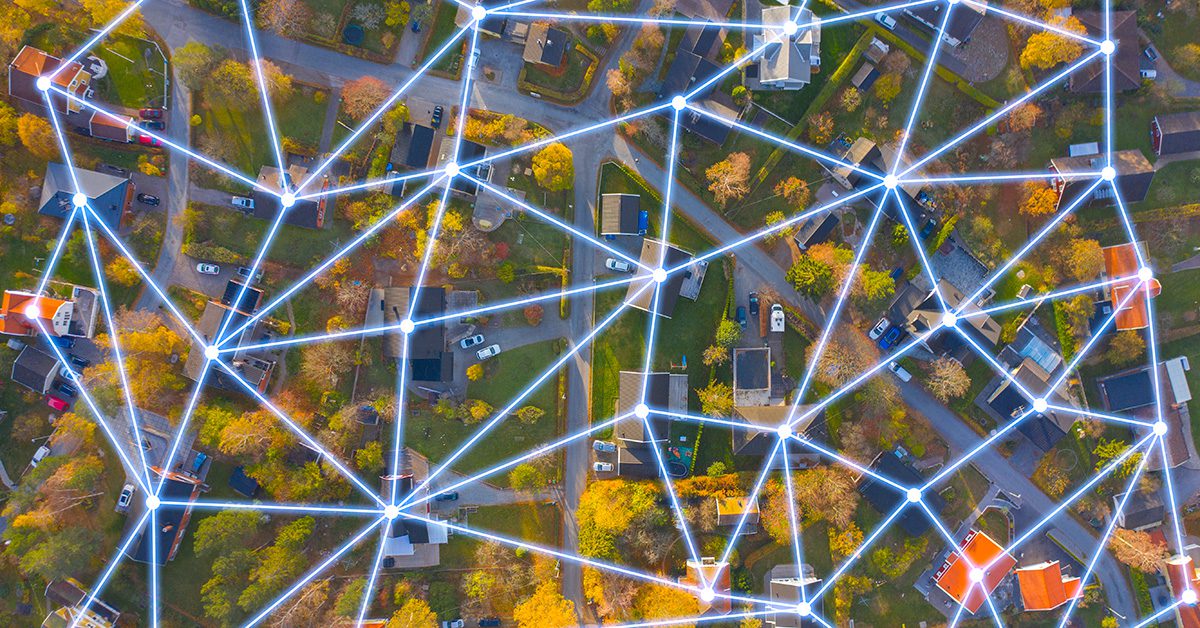Trilogy NextGen bridges the digital divide by providing broadband access that’s unbiased by zip code or socioeconomic background.
When COVID-19 began shutting down schools and forced teachers and students to transition from the classroom to the computer, it highlighted the severe disparity between students with internet access and those without. Even though students have returned to the classroom, this digital divide is still a significant roadblock for educators, students and parents.
According to the most recent studies, more than 70% of teachers assign homework requiring broadband access. In contrast, approximately 30% of students (K-12) don’t have access to the internet at home, and only 45% of public schools provide internet access to students who need it at home.
According to Common Sense Media, connectivity inadequacies are universal, regardless of zip code. However, the disparities are more evident in rural areas. The percentage of students without adequate connectivity access:
- Urban – 21%
- Suburban – 25%
- Rural – 37%
The two primary reasons for the lack of internet access are financial challenges and lack of infrastructure. Either the families can’t afford it, or the telecom companies don’t provide service in their area.
Regardless of the reason, lack of connectivity creates challenges for everyone involved.
How the Digital Divide Affects Students, Teachers and Parents
When students don’t have reliable access to the internet at home, it hinders their ability to do well in school. According to the American University School of Education, lack of connectivity results in four adverse outcomes:
- Low Performance
- Lack of Digital Knowledge
- Less Access to Educational Tools
- Inadequate Learning Experiences
These outcomes make it more difficult for students to succeed in the classroom now and make it more challenging to get into college.
But students aren’t alone in facing the consequences of the digital divide.
The lack of access means teachers’ educational tool selection is limited, preventing them from achieving their goals. It also requires them to dedicate more class time to students without home access to complete assignments.
Parents are also affected by the lack of connectivity. Educators and school administrators are using technology to communicate. Gone are the days of letters being sent home or paper report cards. Everything is now digital. Even school closures are sent through text, email or apps. The problem is that some schools assume every parent has digital access, so information doesn’t always reach them as it should.
What Causes the Digital Divide?
As technology advances, students without adequate access fall farther and farther behind. This snowball effect affects their academic performance today and has a lasting impact on their ongoing academic career.
Most schools typically fall into one of three categories:
- They don’t have a broadband network.
- They have a network, but it’s not powerful enough to handle their current needs.
- They have a network, but they’re upgrading to modernize and be more tech-friendly.
For students, there are often two primary reasons they don’t have access at home:
- They can’t afford it.
- They don’t have the infrastructure where they live.
Unfortunately, privacy issues discourage most schools from openly discussing which students have home access and which need help. To prevent shaming or embarrassing kids without access, schools should provide access to everyone, whether they need it or not.
Bridging the Digital Divide
Trilogy NextGen bridges the digital divide by providing reliable and secure broadband access that’s unbiased by zip code or socioeconomic background. By providing scaled custom solutions or broad-sweeping networks, Trilogy simplifies connectivity for individual schools or entire school districts.
By leveraging our unique expertise in Private LTE/5G, Wi-Fi, and ATSC 3.0 technologies, we can create a network for each school, ensuring every student within a specific radius of the school can have broadband at home – where they need it most.
And for schools, we can provide the proper bandwidth and capacity to ensure they can incorporate the latest teaching technologies like virtual reality, microlearning, robotics and esports. To learn more about how you can bridge the digital divide with Trilogy NextGen, contact us and let us help you solve your network challenges.
